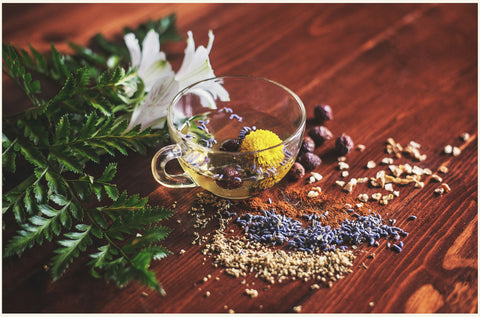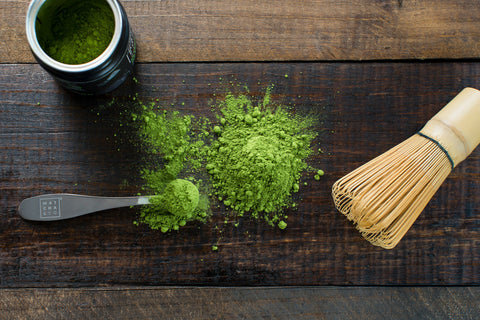Herbal teas, those delicious herbal infusions, have a long, fascinating history dating back millennia. They are valued not only for their soothing flavor, but also for their many health benefits. In this article, we will explore the origin and history of herbal teas, the different types available, as well as how they are made and their therapeutic benefits.
Origin and History of Herbal Teas
Herbal teas have their origins in the ancient medicinal traditions of various cultures around the world. The earliest records of their use date back to ancient Egypt, where herbs were infused in hot water for their healing properties. Chinese and Indian civilizations also played a major role in the development of herbal teas, using a variety of plants to treat different ailments.
Over time, knowledge of medicinal plants has been passed down through the ages, blending with local traditions to create a multitude of unique herbal tea recipes. European monks, for example, played a crucial role in preserving and disseminating knowledge of medicinal plants during the Middle Ages.
Types of Herbal Teas and Infusions
Herbal teas can be made from a wide variety of plants, each offering their own health benefits and unique flavors. Here are some of the most popular types of herbal teas and infusions:
Chamomile: Known for its soothing properties, chamomile is often consumed to promote sleep and relieve digestive disorders.
Mint: Refreshing and invigorating, mint is used to calm an upset stomach, freshen breath and ease tension.
Green tea: Although technically a tea and not an herbal tea, green tea is often included in this category because of its many health benefits, including its antioxidant and stimulating properties.
Rooibos: Originally from South Africa, rooibos is a caffeine-free infusion appreciated for its mild flavor and antioxidant properties.
Ginger: Energizing and invigorating, ginger is often used to stimulate digestion and strengthen the immune system.
Manufacturing of herbal teas
Making herbal teas is a relatively simple process that usually involves drying and preparing medicinal plants. Here are the basic steps:
Plant harvest: Plants are harvested when ripe, preferably in dry weather, to ensure maximum concentration of active ingredients.
Drying: The plants are then dried in the open air or in special dryers to preserve their properties and flavor.
Preparation: Once dried, the plants can be used whole or cut into pieces for easier infusion.
Infusion: To prepare a herbal tea, the plants are infused in hot water for a few minutes, then filtered before being served.
Benefits of Herbal Teas
Herbal teas offer a multitude of health benefits, depending on the herbs used. Some herbal teas are known for their calming properties, while others are more energizing or invigorating. Here are some of the most common benefits of herbal teas:
- Stress and anxiety relief
- Improved digestion
- Strengthening the immune system
- Sleep promotion
- Reduction of inflammation
In conclusion,
herbal teas are much more than just a hot drink. They are the fruit of a long tradition of know-how and kindness towards the body and mind. Whether you're looking for a calming drink to unwind in the evening or an invigorating brew to give you a boost in the morning, there's an herbal tea to suit all your needs. Take the opportunity to explore the richness and diversity of these delicious natural drinks and discover the many benefits they have to offer.



